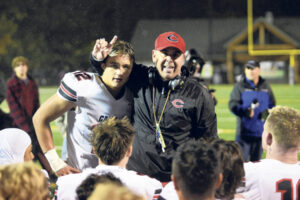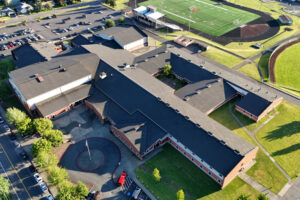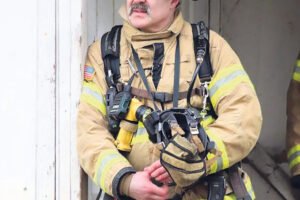Students in Camas and Washougal have posted gains on several state tests recently released as part of an overall Washington State Report Card.
The 2012-13 results include the Measurements of Student Progress, the state’s exam for third- through eighth-graders. Students are tested in reading and math, with fourth- and seventh-graders also taking tests in writing, and fifth- and eight-graders taking tests in science. Tenth-graders take a proficiency exam to assess overall knowledge in reading and writing, as well as end-of-course exams in biology, algebra and geometry. The end-of-course exams are also offered to students in lower grades who are taking those classes.
Washougal posted impressive gains in math, with 78 percent of students passing the algebra exam, and 92 percent passing the geometry exam, compared with 64 and 66 percent the year before. The biology exam increased from 72 to 80 percent of students passing.
In addition, students improved in math at all grade levels. Reading scores improved at all levels except seventh-grade, which decreased by 10 percent. In addition, writing scores increased at the fourth- and seventh-grade levels.
When asked how she felt about the results, Superintendent Dawn Tarzian replied, “Ecstatic.”
“Early in August when we began looking at our preliminary data, we asked our administrators to identify ‘celebrations’ from their buildings based upon the data they were provided,” Tarzian said. “There were so many of these celebrations. Principals could directly link these gains back to their leadership work and the efforts of their staff to implement school improvement plans.”



